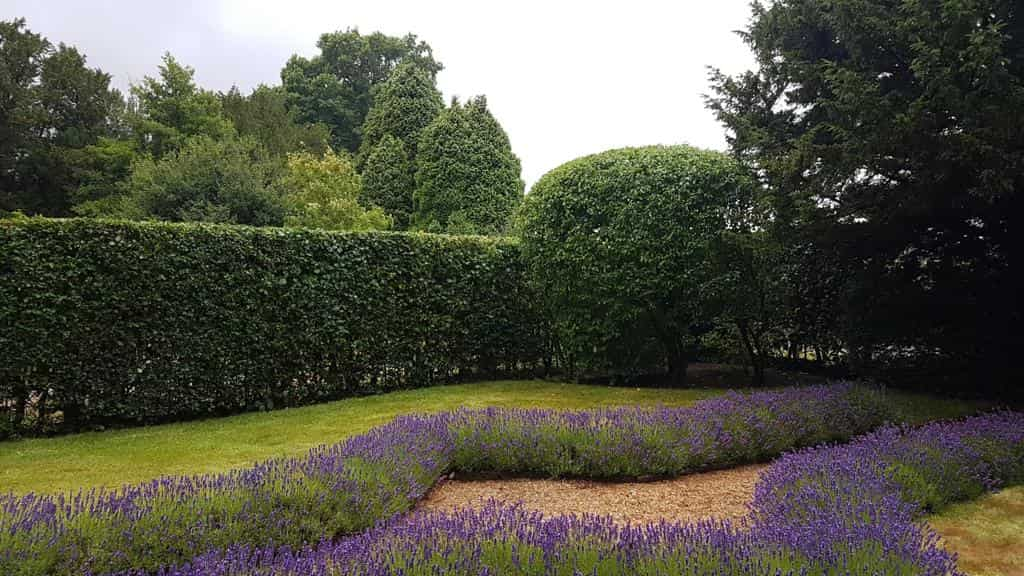Tree surgery is a vital service that ensures trees remain healthy, balanced, and safe for years to come. However, like any living organism, a tree needs time to recover after pruning, crown reduction, or limb removal. Understanding how trees heal can help homeowners manage expectations and provide the right aftercare to support recovery. At LM Tree Surgery Cowplain, we believe that informed clients are better equipped to care for their trees following professional tree surgery across Cowplain and Hampshire.
How Trees Heal After Surgery
Unlike humans, trees do not regenerate tissue in the same way. Instead of “healing” wounds, they compartmentalise them. This means the tree isolates the damaged area to prevent decay from spreading. This natural process, known as compartmentalisation of decay in trees (CODIT), helps protect the tree’s structure and promotes the development of new, healthy growth around the wound.
After surgery, several key processes take place:
- Wound closure: The edges of the cut begin to form protective tissue to shield the exposed area.
- Callus formation: A callus (a thick layer of protective cells) gradually grows over the wound.
- Growth redirection: The tree diverts nutrients to support nearby branches and strengthen weakened areas.
Each of these steps is essential for long-term recovery, helping the tree maintain structural integrity and vitality.
Factors That Affect Tree Recovery
The time it takes for a tree to recover after surgery depends on several factors, including species, age, health, and the type of pruning performed.
1. Tree Species
Some species, such as oak and beech, recover more slowly than others like sycamore or silver birch. Understanding the natural growth patterns of each tree helps professionals like LM Tree Surgery Cowplain choose the best time and method for pruning.
2. Age and Size
Younger trees tend to heal faster because they have a stronger ability to produce new tissue and direct energy towards recovery. Mature or older trees may require more time and careful monitoring to ensure the wound seals effectively.
3. Season and Weather Conditions
Tree surgery is often best performed during dormancy (late autumn to early spring) when trees are less stressed. If surgery is carried out during active growth, the tree may experience temporary stress, especially in dry or hot conditions. Adequate watering and mulching help mitigate this.
4. Quality of the Cut
A clean, precise cut made by an experienced arborist is vital for fast recovery. Ragged or torn cuts can leave wounds open to disease and decay. That’s why professional expertise matters—LM Tree Surgery Cowplain always uses correct cutting techniques to minimise stress and promote healthy regrowth.
What You Can Expect After Tree Surgery
Immediately following surgery, you might notice some visual changes or temporary effects. These are part of the natural healing process and not usually cause for concern.
- Reduced foliage: It’s normal for a tree to have fewer leaves after pruning. This helps reduce strain while it recovers.
- Sap flow or minor bleeding: Certain species, like birch and maple, may release sap after cuts—this is harmless and part of the tree’s natural defence mechanism.
- New growth development: Within weeks or months, you’ll see new shoots and buds appearing as the tree redirects energy into healthy branches.
- Gradual wound closure: Over the coming seasons, the cut areas will begin to seal and harden, protecting against decay.
Patience is key; trees heal over time, not overnight. With proper aftercare, your tree will regain strength and stability while continuing to thrive.
Supporting Your Tree’s Recovery
To ensure your tree recovers quickly and completely, it’s important to follow expert guidance and maintain good aftercare. Here are a few essential steps to help the process:
- Watering: Provide consistent moisture, especially during dry spells. Trees need hydration to support new growth and defence against stress.
- Mulching: Apply organic mulch around the base (but not against the trunk) to regulate soil temperature and retain moisture.
- Avoid over-fertilising: Excess nutrients can stimulate weak growth instead of supporting natural healing.
- Monitor regularly: Keep an eye on the tree for signs of decay, pest activity, or delayed healing.
- Professional check-ups: If unsure about your tree’s progress, scheduling a follow-up assessment ensures early detection of any issues.
Why Professional Tree Surgery Matters
Tree surgery requires precision and understanding of tree biology. Improper cuts or over-pruning can cause irreversible damage. Professional arborists like LM Tree Surgery Cowplain have the knowledge and equipment to perform safe, effective procedures that prioritise the tree’s long-term wellbeing. Our careful techniques minimise wound size and stress, ensuring the tree can focus its energy on recovery.
Conclusion
The healing process after tree surgery is gradual but essential for maintaining tree health and safety. By understanding how trees recover and providing proper aftercare, you can ensure they continue to flourish for decades. At LM Tree Surgery Cowplain, we take pride in offering expert care that supports natural recovery while enhancing the beauty and safety of properties across Cowplain and Hampshire. A well-maintained tree not only looks better but stands stronger—ready to weather the seasons ahead.
Call us on: 023 8235 6096
Click here to find out more about LM Tree Surgery Cowplain
Click here to complete our contact form and see how we can help with your tree needs.

